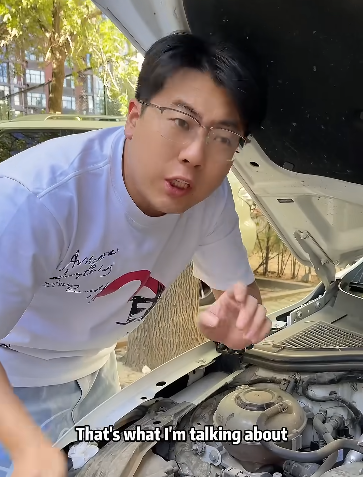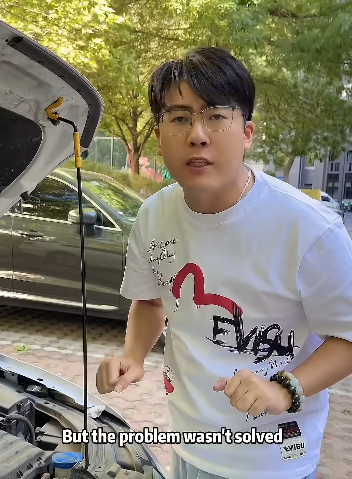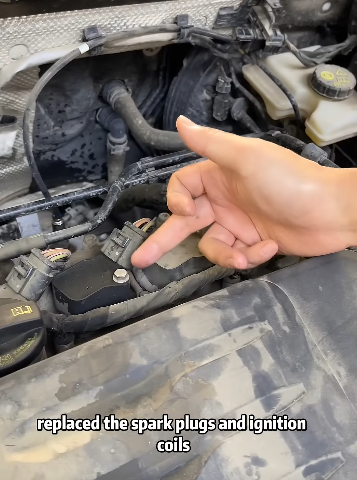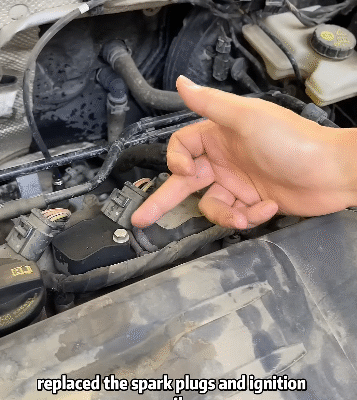
Car engine vibration is one of those annoying issues that may start off as a small nuisance but can quickly become a sign of a deeper mechanical problem. You might feel it when idling at a red light, accelerating on the highway, or even just cruising through town. The good news is that engine vibrations are not always difficult or expensive to fix—if diagnosed early. In this article, we’ll explore the most common causes of car engine vibration and walk you through how to eliminate it effectively.
Understanding the Source of Engine Vibration
Before trying to eliminate engine vibration, it’s important to understand what might be causing it. Car engines are complex machines, and several different components can be the root cause. Vibrations may originate from issues within the engine itself, the transmission, mounts, or even external accessories. If you notice new or unusual vibrations, don’t ignore them—take time to investigate.
1. Check the Engine Mounts
One of the most common causes of engine vibration is worn or damaged engine mounts. Engine mounts secure the engine to the chassis and contain rubber or hydraulic components that absorb vibrations. When these mounts fail, the engine can move more than it should, resulting in noticeable vibration inside the car.
How to Fix:
- Open the hood and have someone start the engine.
- Observe how much the engine moves during start-up, revving, or when shifting from park to drive.
- If the engine rocks significantly, it’s time to replace the mounts.
- Replacing engine mounts typically costs between $150 to $500 depending on your vehicle and whether labor is done at a shop or DIY.

2. Inspect the Spark Plugs
Faulty or worn-out spark plugs can cause engine misfires, leading to uneven power delivery and noticeable vibration. Misfires happen when the air-fuel mixture doesn’t ignite properly in the combustion chamber, and this disrupts the engine’s rhythm.
How to Fix:
- Remove and inspect your spark plugs. If they are blackened, oily, or the gap is too wide, replace them.
- Use the manufacturer’s recommended spark plug type and gap settings.
- If unsure, a mechanic can perform a diagnostic scan to detect misfires.
3. Clean or Replace Fuel Injectors
Dirty or clogged fuel injectors may not deliver the right amount of fuel into each cylinder, causing the engine to run roughly. This often results in vibrations that become more noticeable during acceleration or under load.
How to Fix:
- Use a high-quality fuel injector cleaner additive in your gas tank.
- For severe clogging, professional ultrasonic cleaning or injector replacement might be required.
- Regular use of good fuel and occasional additives can prevent this issue from returning.
4. Check the Air Intake and Filters
An imbalanced air-fuel mixture can make the engine run unevenly. If the air filter is clogged or there’s a vacuum leak in the intake system, your engine may shake, especially when idling.
How to Fix:
- Replace the air filter if it’s dirty or clogged.
- Inspect intake hoses for cracks or loose connections.
- Use a smoke machine to detect vacuum leaks (a professional tool usually found at repair shops).
5. Balance and Align the Engine Components
An imbalanced crankshaft, flywheel, or harmonic balancer can lead to engine vibrations. These parts are designed to rotate smoothly, and if they’re out of balance due to wear or damage, the engine will shake.
How to Fix:
- A mechanic will typically need to inspect the rotating assembly for imbalance.
- Flywheel replacement or harmonic balancer replacement may be needed.
- These repairs are more labor-intensive but can resolve deeper vibration issues.

6. Transmission and Drivetrain Issues
Engine vibrations are sometimes mistaken for transmission or drivetrain issues. A worn-out transmission mount or a misaligned driveshaft can cause the entire vehicle to shudder.
How to Fix:
- Check the transmission mounts similar to engine mounts.
- If vibration increases with speed, have your driveshaft and U-joints inspected.
- In automatic cars, low transmission fluid can cause rough shifting and vibration—check and refill as necessary.
7. Check the Belts and Pulleys
Accessory belts and pulleys that are misaligned, loose, or worn out can cause the engine to vibrate, especially when you start the car or turn on the A/C. A serpentine belt that’s skipping or fluttering can lead to inconsistent accessory performance and noise as well.
How to Fix:
- Inspect all belts for cracks, wear, or looseness.
- Replace any old belts and check pulleys for wobble.
- Use a belt tension gauge to ensure proper tension.
8. Inspect Engine Timing
If your engine’s timing is off—due to a worn timing belt or chain—the cylinders won’t fire in the correct order. This leads to rough running and potentially serious engine damage if left unchecked.
How to Fix:
- A timing belt should be replaced according to manufacturer guidelines (usually between 60,000 and 100,000 miles).
- If your car uses a timing chain and it becomes loose or noisy, have it checked immediately.
- Replacing a timing component is often a complex job and best handled by a professional.

9. Check for Software Updates and Relearns
Modern cars rely heavily on their computer systems to control engine performance. Sometimes, a simple software update from the manufacturer can smooth out idle issues or vibration-related problems.
How to Fix:
- Ask your dealership or mechanic to check for ECU (Engine Control Unit) updates.
- After major repairs like throttle body replacement or engine mount changes, perform an idle relearn procedure if necessary.
10. Use High-Quality Fuel and Oil
Poor-quality fuel or using the wrong grade of oil can also lead to rough engine performance. Always follow the manufacturer’s guidelines for fuel octane rating and oil viscosity.
How to Fix:
- Use top-tier fuel and regularly add fuel system cleaners.
- Stick with synthetic or recommended oil types.
- Change oil and fuel filters at recommended intervals.
Conclusion
Eliminating engine vibration is a matter of careful inspection, regular maintenance, and prompt repair. While some fixes—like replacing spark plugs or air filters—are DIY-friendly, others—such as engine mount or timing component replacement—may require professional expertise. What matters most is acting early. Ignoring engine vibrations can lead to more expensive problems down the road.
So, the next time your car feels like it’s got a bit of a shake to it, don’t shrug it off. Open the hood, listen closely, and take steps to bring back that smooth, quiet ride.



